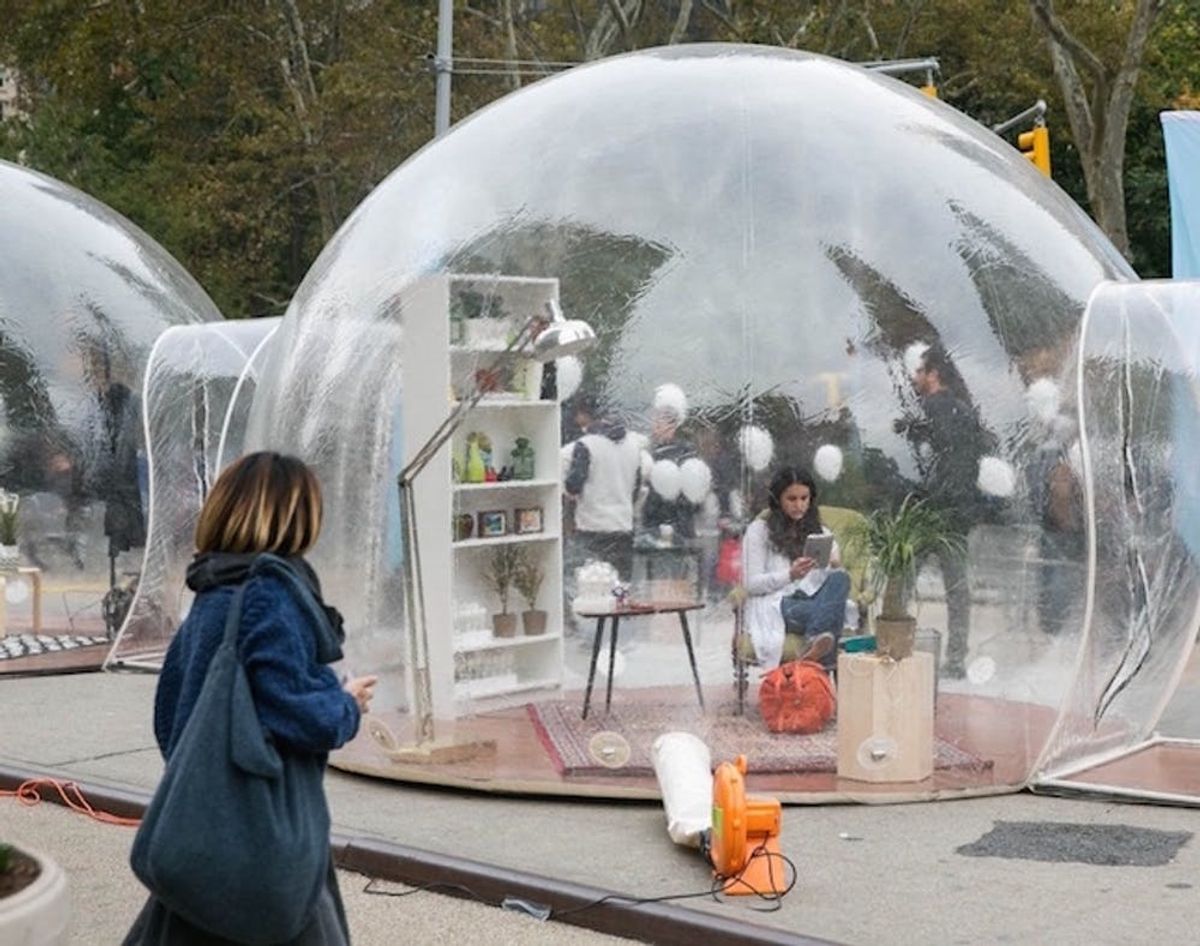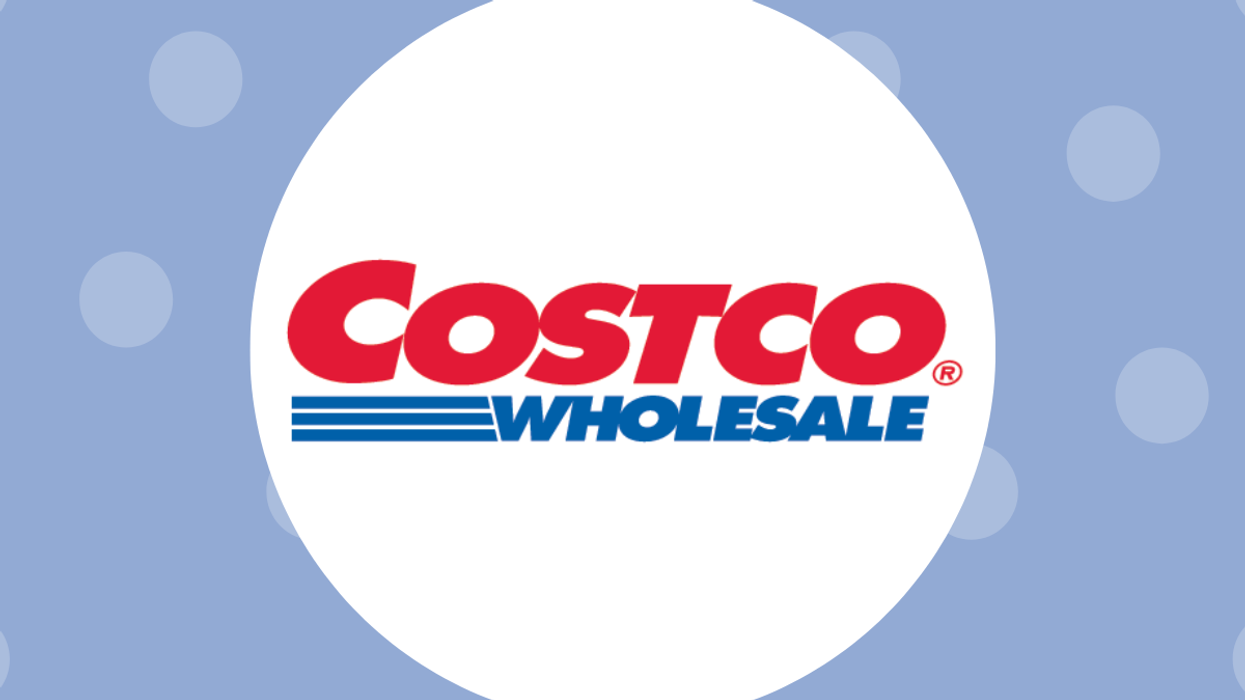In the hopes of making therapy more accessible and to inspire transparency (literally) surrounding mental health issues, Talkspace constructed an installation last week.
#PopUpTherapy: This NYC Installation Is Raising Mental Health Awareness

For most people, mental health is something that’s kept private. Too private. You might talk about your last doctor’s visit with your friends over coffee, but there’s still a stigma attached to therapy. In the hopes of making therapy more accessible and to inspire transparency (literally) surrounding mental health issues, Talkspace constructed an installation last week on Fifth Avenue and 23rd Street in New York City called #PopupTherapy. These big bubbles were actually therapy rooms, where passersby could stop in for a free 15-minute virtual therapy session using the Talkspace app.
The bubbles were furnished like a comfortable living room, with tissues close at hand just in case. Mashable spoke with Talkspace’s co-founder Roni Frank about her motivation behind Talkspace and this pop-up. Basically, she’s baffled by the fact that so many people with depression or other mental health issues don’t seek treatment because they don’t want to admit there is a problem. When you have cancer, you don’t ignore it and hope it goes away — you get help. The stigma of depression keeps people from getting the help they need.
Frank originally came to the world of therapy as a patient, working through marriage counseling with her husband. In response to the expensive and inconvenient sessions, she decided to “democratize psychotherapy.” She went and got her master’s degree in psychology and launched Talkspace in 2012 (along with her husband).
Talkspace is as simple as sending a text. After a free consultation, Talkspace pairs each user with a licensed therapist with whom they can text or video chat however often they like. Insurance isn’t accepted (yet), but the rates are much less expensive than a therapy session. $25/week for unlimited text therapy. $29 per 30-minute video session. They’ve created a platform with very few barriers to entry, and it’s really an exciting example of how medical professionals can use telemedicine technology to make treatment easier to give and receive (like this dermatology app we covered here).
Would you subscribe to text therapy or would you rather get yours in the bubble? Let us know in the comments.
(h/t Mashable)


















